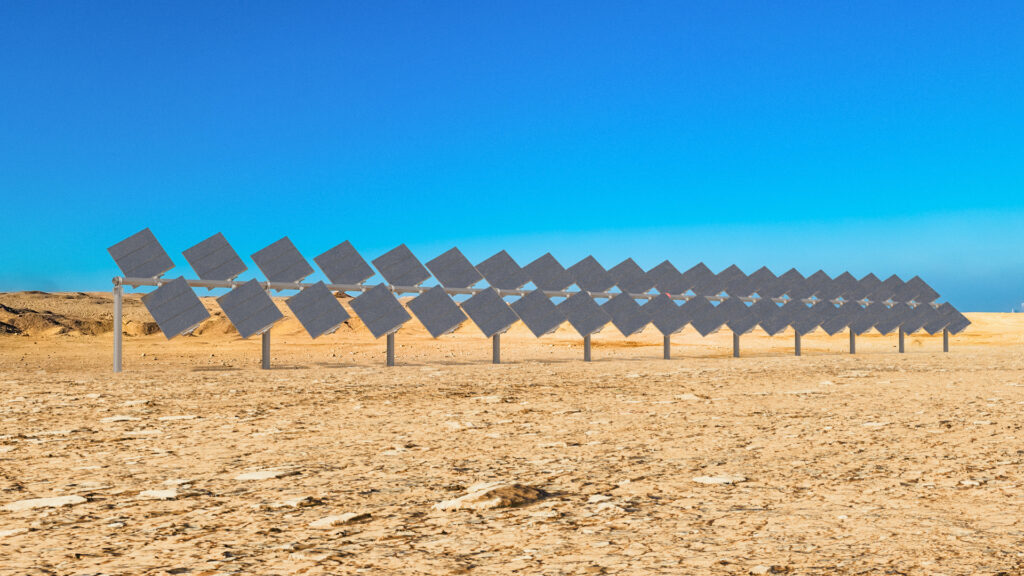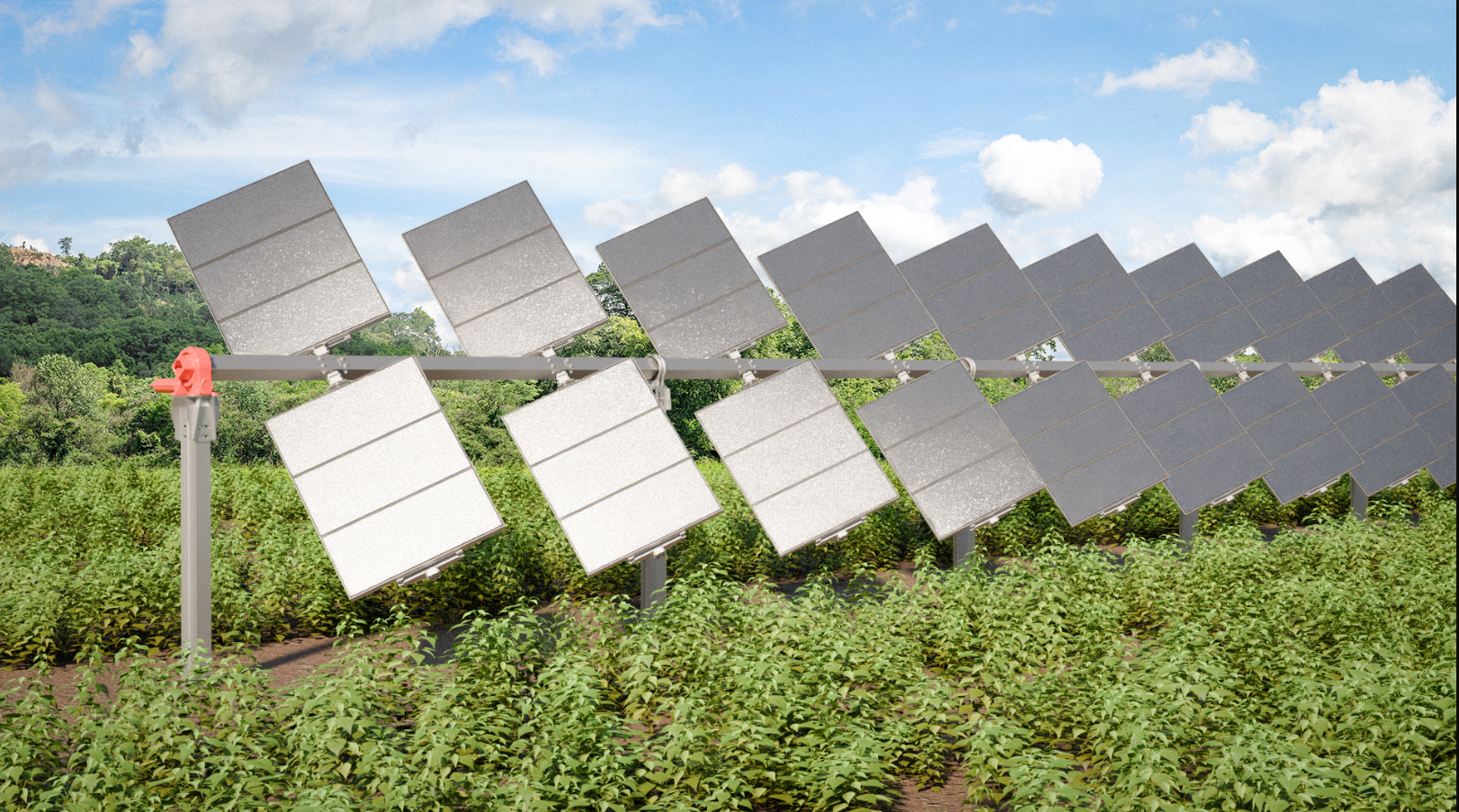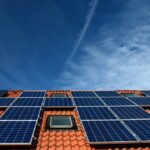In a move that could reshape the solar energy landscape, Soltec and Fraunhofer Institute for Solar Energy Systems ISE have joined forces to develop a new micro-concentrator photovoltaic (CPV) technology. This collaboration aims to bring CPV back into the spotlight, potentially offering a more efficient and resource-conscious alternative to conventional solar panels.
The micro-CPV technology boasts an impressive 36.5% conversion efficiency, surpassing traditional photovoltaic solutions. Dr. Frank Dimroth, department head of III-V and Concentrator Photovoltaics at Fraunhofer ISE, explains, “We are preparing the path for the re-entry of high-concentration photovoltaics into the market by offering a competitive product which shall convince investors with its high energy yield, robustness and sustainability.”

The system combines Fraunhofer ISE’s advanced solar cell technology with Soltec’s expertise in solar tracking. Operating at a concentration of nearly 1,000 suns, the micro-CPV setup focuses sunlight onto small cells made with III-V semiconductor materials. This approach results in a 30% increase in energy yield compared to conventional PV solutions.
One of the key advantages of this technology is its resource efficiency. “Compared to the state-of-the-art, our micro-CPV technology reduces module areas by 30 percent and semiconductor materials by 1,300 times at comparable power output,” Dr. Dimroth notes. This reduction in material usage could lead to significant cost savings and environmental benefits in the long run.
The collaboration between Soltec and Fraunhofer ISE also addresses the challenge of precise sun tracking. Eduardo de San Nicolás, Chief Strategy and Innovation Officer at Soltec, states, “This collaboration confirms the vision of both institutions. We look forward to continuing our collaboration in the future to further elevate the use of solar energy.“
Similar Posts
The partners plan to install a prototype in Spain by the end of 2024, marking a crucial step in bringing this technology to market. The prototype will be used to test the tracking accuracy throughout the day, with plans to equip it with 15.7 kWp of micro-CPV panels in later stages.
This development comes at a time when solar energy is gaining momentum globally. While 30% of the world’s global electricity production is generated from renewables, China’s relative contribution accounts for nearly 37% of the entire solar installation as of 2022. The micro-CPV technology could potentially change the landscape of future installations, particularly in regions with high direct solar irradiance.
The project also explores the application of micro-CPV in agrivoltaics, where solar panels are integrated into agricultural settings. This dual-use approach could address land-use concerns often associated with large-scale solar installations.
While the technology shows promise, it’s worth noting that previous attempts to commercialize CPV have faced challenges. In the past, companies like Semprius and Suncore filed for bankruptcy despite developing high-efficiency CPV systems. The success of this new venture will likely depend on its ability to overcome the cost and scalability issues that hindered earlier efforts.
As the renewable energy sector continues to grow, innovations like the micro-CPV system could play a crucial role in driving investment and reducing reliance on fossil fuels. However, the technology will need to prove its economic viability and long-term reliability to gain widespread adoption in the competitive solar market.
The collaboration between Soltec and Fraunhofer ISE, backed by support from the Federal Ministry of Economic Affairs and Climate Action (BMWK), represents a significant investment in advancing solar technology. As the prototype moves towards testing and potential commercialization, industry observers will be watching closely to see if this iteration of CPV can succeed where others have struggled.


















